
The raffia: traditional fabric of Gabon, Madagascar and Congo
Elegant, authentic, unique, raffia is the perfect traditional African fabric to wear and use. Garden, decoration, fashion, it can be used in a thousand and one ways.
What is raffia?
Raffia is a very strong vegetable fiber from the leaves of a palm tree of the same name. It is a tree of the Arecaceae family, native to Madagascar, found in swampy areas and along rivers. Woven, embroidered, this original and atypical traditional luxury fabric is worn as a traditional loincloth in many African countries.
The raffia is woven on looms by men with the same technique as for the weaving of cotton loincloths. The women then embroidered the raffia with geometric patterns.
Today, raffia production is found in Madagascar, Congo, Gabon of Central Africa, Cameroon, Nigeria and Liberia along the Gulf of Guinea.
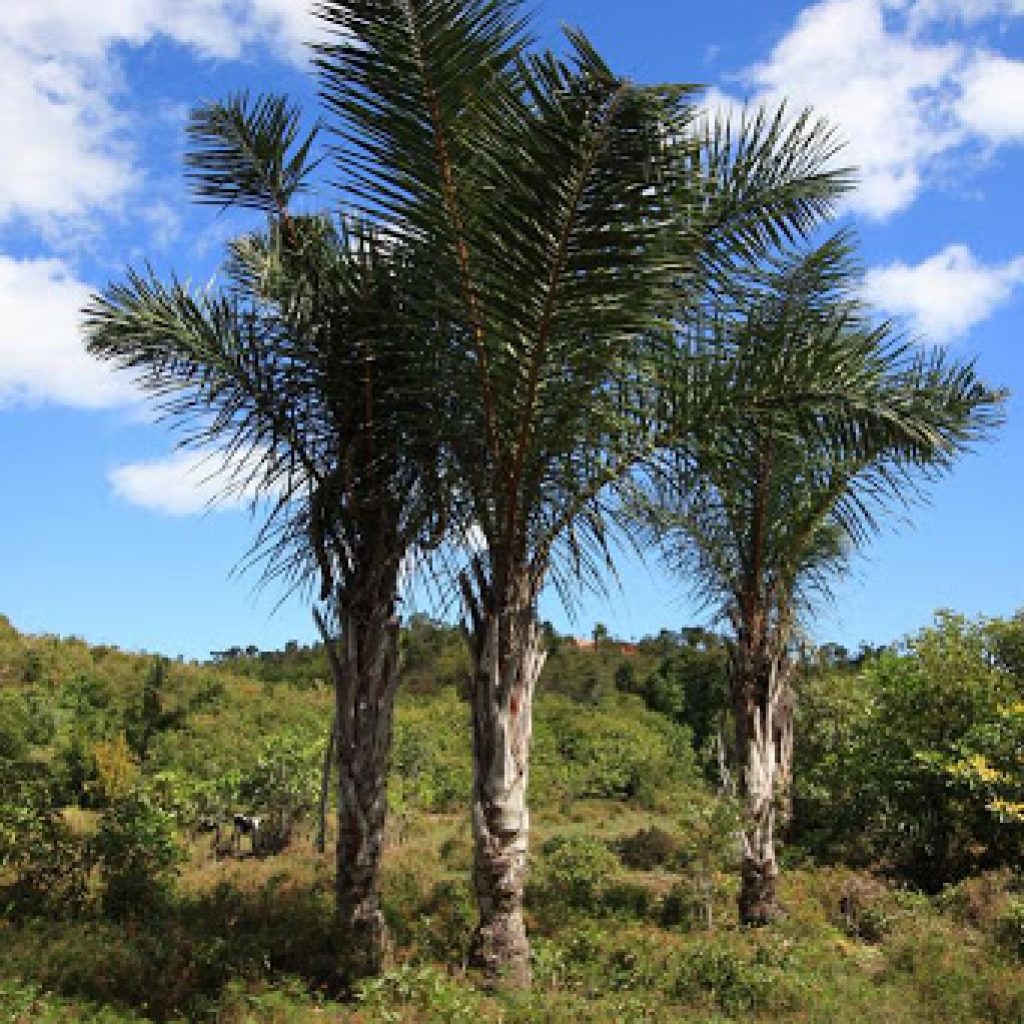
Its characteristics
- It can reach up to twenty meters in height.
- Compared to cotton, its texture is less flexible.
- Its natural color resembles that of a straw.
- The raffia can be colored.
- Once worked, it allows to obtain a resistant and shiny result.
The different types of raffia ? How to choose ?
It should be known that there are different types of raffia. The choice will depend on the creation and use you want to make.
Natural raffia
- Authentic and rigid.
- It has an original and natural color.
- It is possible to dye it with natural dyes such as indigo or crushed coal.
- Example: it is used for crocheted summer bags.
Wood and cotton fiber raffia
- Soft and bright
It is used to create hats, sandals and tote bags.
Synthetic raffia
- Synthetic and resistant with a hard finish, because the material is made of plastic.
- Not pleasant to crochet.
- Used for gardening and gift wrapping.
How is it made?
There are many steps to make raffia. Let’s focus on the main ones.
Récolte du raphia
- First, the young shoots of the palm leaves are harvested.
- Once harvested, the leaves are melted in two wells scraped from front to back. This extracts the fibers, which are then washed in cold water.
- Then, the fibers are bound to dry in the sun to obtain the raffia thread.
Coloration
- It’s possible to dye raffia.
We opt for natural dyes to dye the yarns with heat.
But this step is not mandatory since it can be used with its natural color (beige).
Tissage
- Long stage.
- It is made with a loom.
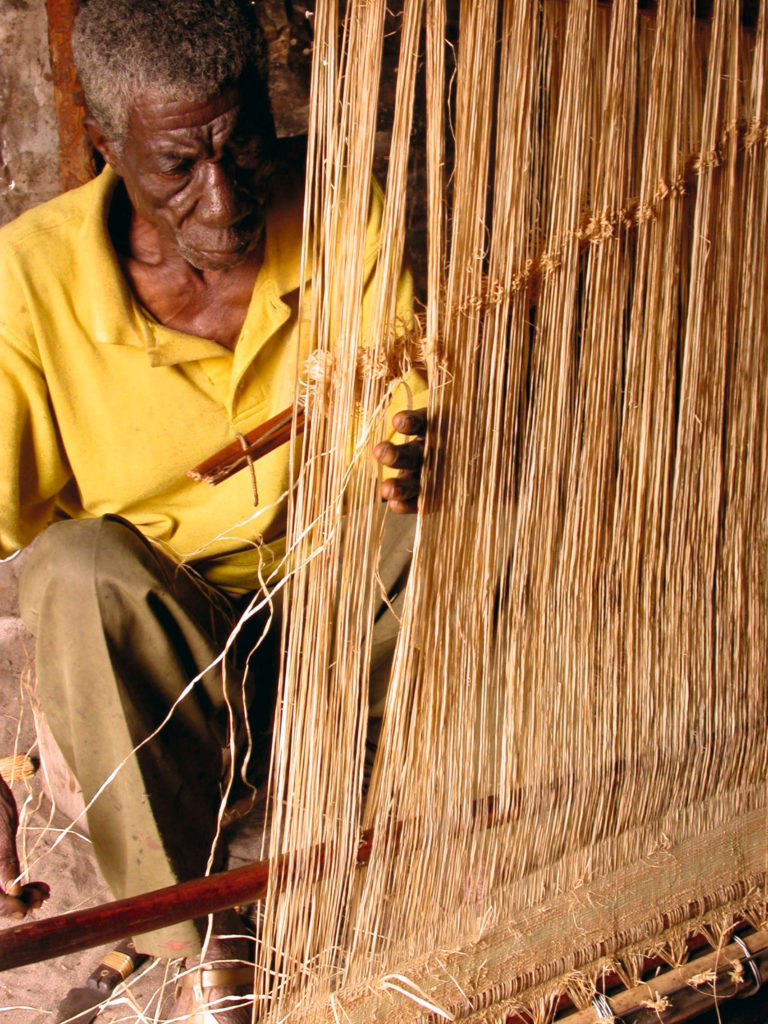
More precisely, how is raffia used?
Natural, original and resistant, many fields of activity love this product.
Fashion (clothing and accessories)
If you are looking for a touch of elegance that combines traditional and modern, raffia is the perfect choice. This fabric is trendy and unique.
Many stylists and designers use it to make clothes, shoes, bags, hats, wallets, sandals. And, the world of luxury is crazy about it.
The textile industry uses fibers extracted from six different varieties of raffia plants such as raffia vinifera.
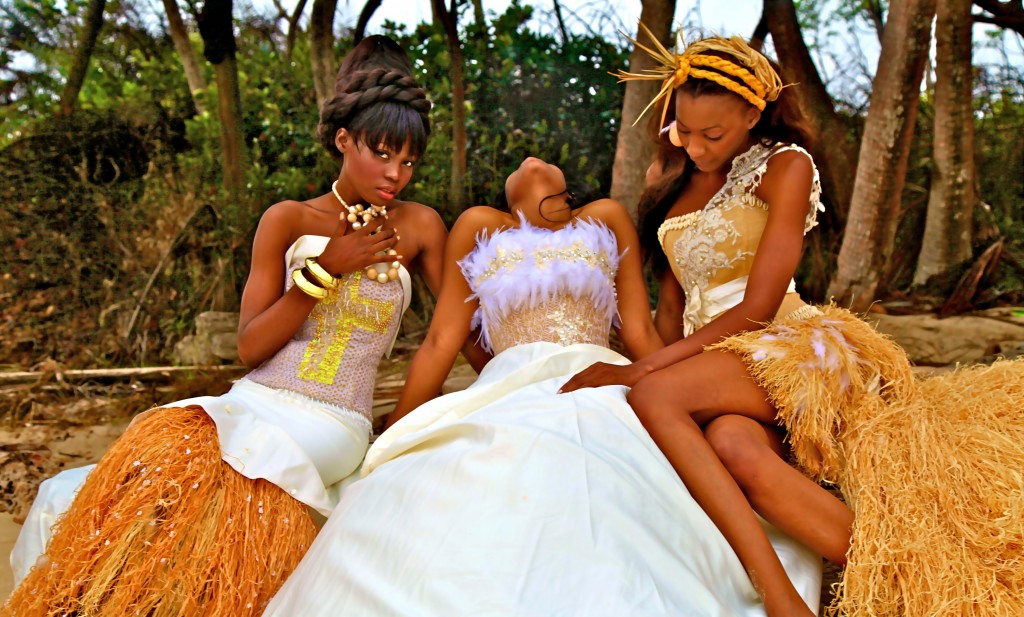
Tradition
In Gabon or in some African countries, most of the customary or traditional wedding outfits are made of raffia. Engaged couples prefer traditional outfits made from raffia for their traditional and even civil weddings. Many people in Africa from Gabon, Congo or other countries love traditional outfits to decorative objects or fashion accessories.
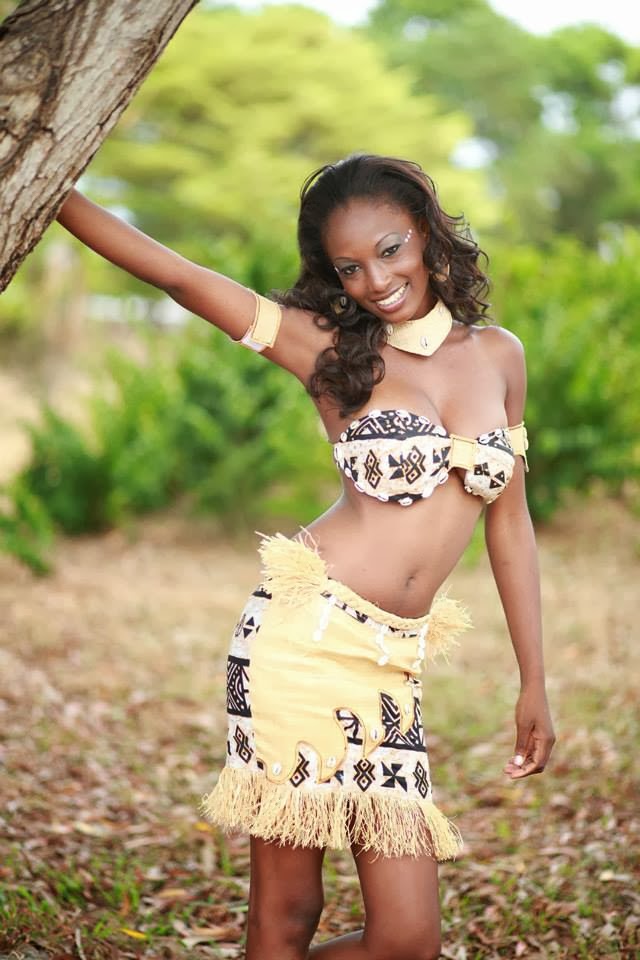
On what occasions do we wear raffia?
It was usually confined to traditional ceremonies (wedding celebrations, generation celebrations, very special occasions).
In Congo Brazzaville, it is used for certain rites and customs, especially among the Teke. The raffia loincloth is still the traditional dress worn by the Teke king and certain traditional chiefs.
Historically, raffia fabrics of varying sizes were used for men’s and women’s clothing as well as for the performance of favorite dances from the different traditions of the country.
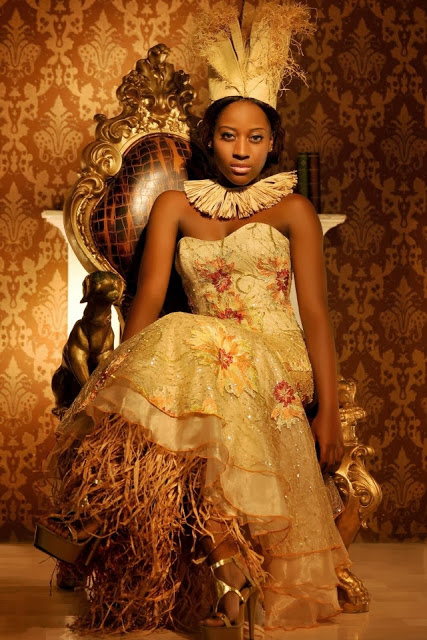
To Know
The most famous use of raffia in the fashion world is the hat. In 1865, the first hat was created by John B. Stetson when President Theodore Roosevelt visited the Panama Canal
Decoration
Interior design lovers use raffia placemats, mats, tablecloths and coasters. This brings a touch of elegance and luxury around the table. It is also used for making home furniture.
In addition, it is very useful for weaving traditional decorative objects such as small animals (crocodiles, elephants, giraffes, turtles, chameleons …)
It’s also a decorative object to make a little bow around bottles of wine, soaps, oil, jam, vinegar, candles and boxes.
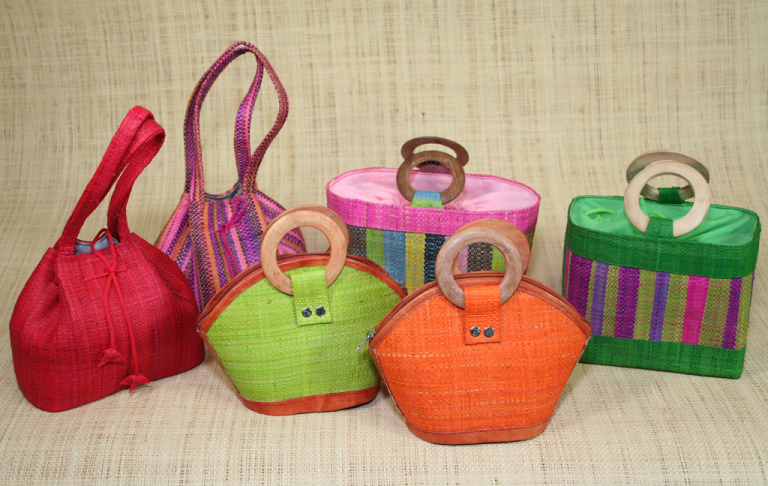
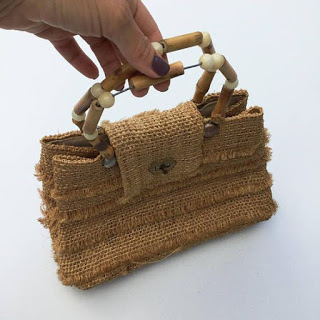
Garden Center
Unprocessed or unrefined raffia can be used for tying, tying stems or securing a shrub or plant base. Raffia sticks are treated like twine.
Florists call on it to tie up bouquets of flowers and design floral arrangements.
It’s very popular in the packaging industry and can be used as filler and cushioning
The leaves |
The fibers |
|
|
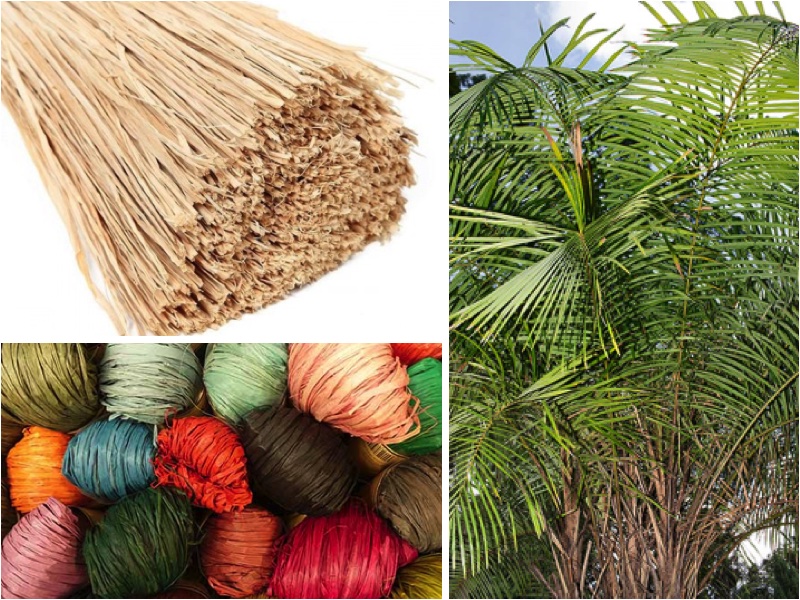
Where to find raffia ? What is its price ?
The authentic raffia fabric is made by weavers who master the technique.
Compared to ordinary loincloths, raffia is very expensive.
Its maintenance
It can be kept for many years if it is well maintained and preserved.
How to do it?
Once used or worn, the raffia can be cleaned. But it is especially necessary to leave it outside so that the fresh air ”drives out” the odors. Specialist advice, never expose the dyed raffia to the sun, because the color fades.
According to Ms. Koidjo:
‘’It was reported to me that our mothers used to put it in sea water. The sea water allows in fact to preserve the freshness of the colors and maintains the raffia loincloth in good condition”.
In conclusion
The raffia remains very popular. Synonymous with African elegance, raffia is the ideal traditional African fabric to wear. You can also use it in different areas such as gardening, outdoor decorations, fashion.
What do you think?
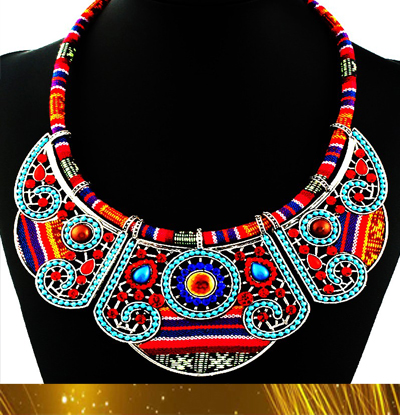
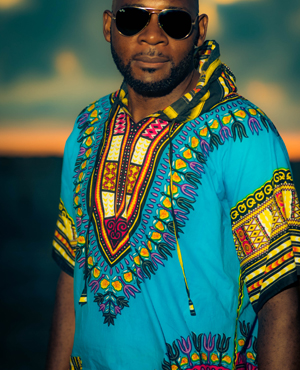
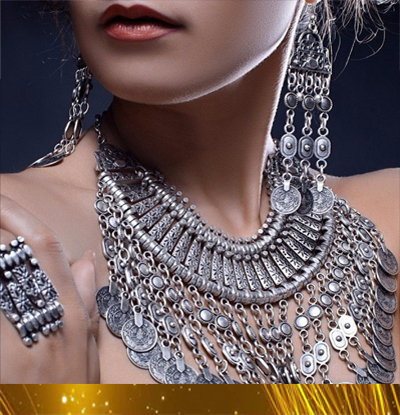

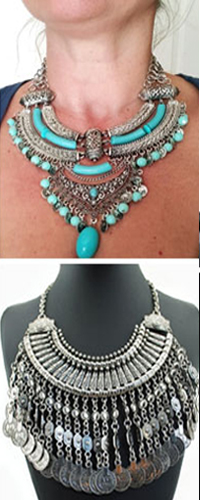
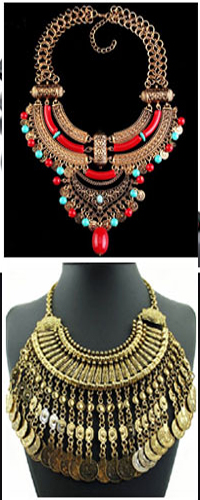
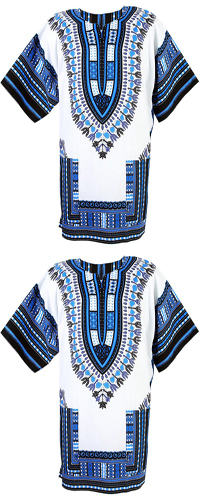
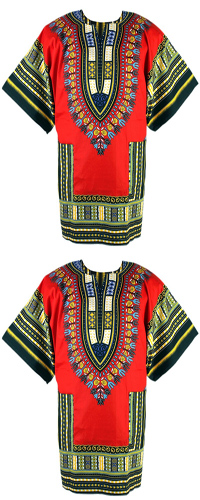
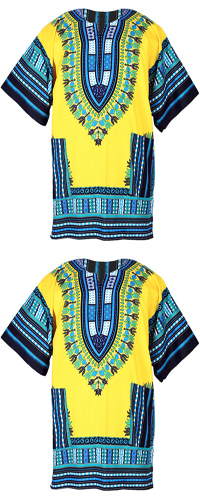
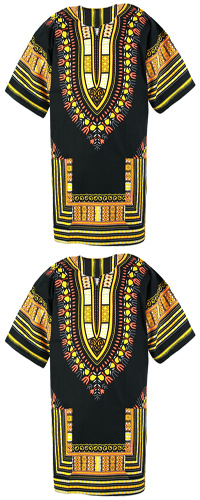




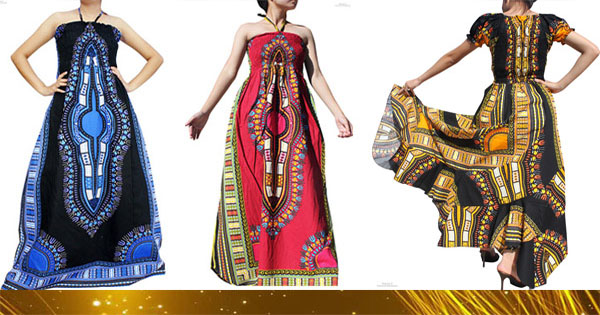
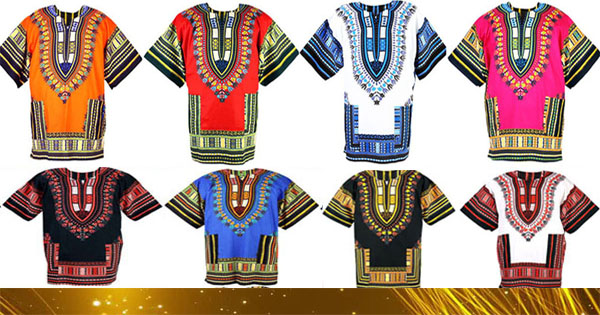

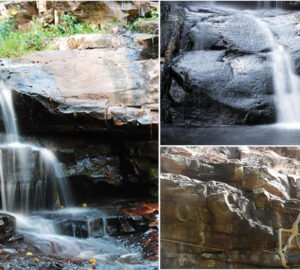
I would like to order the radiator short wedding outfit. Where can I get it?